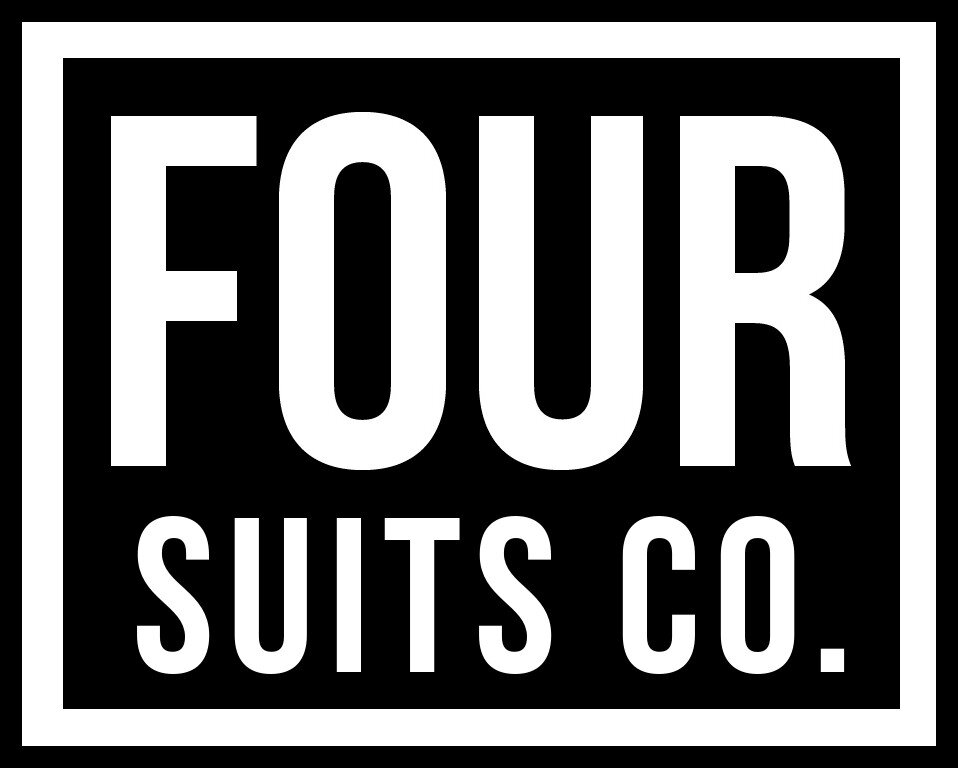Been hanging out with a friend of mine lately, (yes, a magical friend) and the best way that I can describe his style is as someone around which magic takes place. On our last lunch jam I described him as one of those UFO spheres of light/energy (you know, the kind you find zipping around a corn field on shaky camera footage, anyways…) that bounces around and enters a room and suddenly everything is just a bit more heightened and *magical* he really has that vibe. It’s a very casual and unassuming one. Yet very special.
I think about how a lot of people attempt this “character” of magician, but really, I’ve only heard of a handful of people successfully doing it. Want to know why? Because this character, despite being very impromptu, is anything but. This man has one of the more absurd loadouts I’ve seen (but not in a “I’m bringing a jumbo coin around with me everywhere” – that’s yet another friend and also another blog post in itself), everything is very well-appointed and classy, but the dude prepares for just about anything. Imagine like a doomsday prepper but for a magic trick. The dude is ready.
He hit a vape, stood up, and gestured widely with his arms, and said “I’m very interested in increasing the surface area of our luck.” – and immediately he claimed envy from my more mentalism ways given the fact that he works with playing cards, with a manageable 52 series of options. “Damn, how can I prepare for the multitudes of thoughts that someone can have?” I thought to myself. There are ways, I suppose. Alas, I digress – he is not unlike a basketball player training with weights on before the big game, he makes life harder before the show, so that during the show, everything looks easy and much more magical had he not done so. By preparing so much further in advance, he has given himself a lot more opportunities for “luck”, however you’d like to define it, to slap himself and his spectators across the face with a moment of pure astonishment. Combine this luck with the skill that he already possesses, and this makes for a truly special experience for his audiences, made even more so by the fact that it looks incredibly spontaneous. Because it is.
– J.R.







